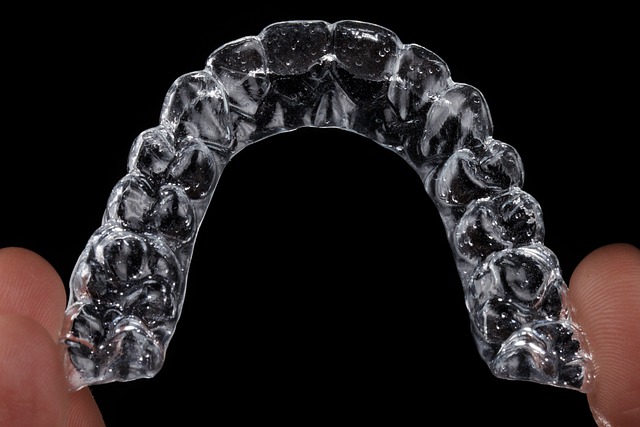Introduction –
Invisalign is a type of orthodontic treatment that uses clear, plastic aligners to straighten teeth. Unlike traditional braces, which use metal brackets and wires, Invisalign Clear Aligners Medford are virtually invisible, making them a popular choice for people who want to improve their smile without drawing attention to their treatment. The length of treatment depends on the severity of your case, but most people can expect to wear Invisalign Treatment Medford aligners for anywhere from six months to two years.
What Is Invisalign Made Of?
The aligners are made from a medical-grade thermoplastic material called SmartTrack. This material is specially designed to be strong and durable, yet also flexible and comfortable to wear. SmartTrack is a patented material that was developed specifically for Invisalign aligners. It has several advantages over other materials that are used to make clear aligners. For example, it is more elastic than other plastics, which allows it to maintain its shape over time. This means that the aligners will continue to fit snugly against the teeth throughout treatment. Moreover, to be comfortable and effective, SmartTrack is also safe for use in the human body. It is free from BPA, BPS, latex, and gluten, making it a great option for people with allergies or sensitivities.
How are Invisalign aligners made?
The process of creating Invisalign aligners is a fascinating blend of technology, engineering, and skilled craftsmanship. The first step in creating Invisalign aligners is to take a digital scan of the patient’s teeth. Once the orthodontist is satisfied with the tooth positioning, a specialized 3D printer is used to print the model of the teeth in a clear plastic material. This plastic model is used to create a series of custom aligners, each designed to move the teeth slightly closer to their final position. To create the aligners, a sheet of clear, medical-grade plastic is heated and molded to the shape of the printed plastic model. Each set of aligners is typically worn for one to two weeks before being replaced with the next set in the series. Throughout the process, the aligners are monitored by the orthodontist to ensure that they are working as intended. Adjustments can be made as needed, and new sets of aligners can be created to address any changes in tooth position.
What Materials Are Used for Invisalign Aligners?
Medford Dentists have complete specialized training and certification of an Invisalign provider. The materials used for Invisalign aligners:
- Polyurethane resin is used for the aligners -This material is a type of thermoplastic polymer that is known for its strength, flexibility, and transparency.
- Invisalign aligners are custom-made to fit each patient’s teeth -The polyurethane resin is formed into thin sheets that are heated and molded to the shape of the patient’s teeth.
- The aligners are engineered to withstand normal chewing and speaking forces – This means they are strong and durable enough to handle the everyday stresses of eating and talking.
- The plastic material used for the aligners is biocompatible – This means it is safe to use in the human body without causing adverse reactions.
- Invisalign aligners are designed to resist discoloration and staining – This helps ensure they remain clear and transparent throughout the treatment process.
- Attachments may also be used in Invisalign treatment -Attachments are typically made from a dental composite material that matches the color of the patient’s teeth.
Conclusion –
Invisalign aligners are made of a clear medical-grade plastic material called polyurethane resin. This material is strong, flexible, transparent, and biocompatible. Additionally, attachments made from a dental composite material may be used to provide additional traction for the aligners. Knowing what materials are used for Invisalign Medford helps patients make informed decisions about their orthodontic treatment. Gio Dental at Station Landing helps the patients understand how the aligners work to improve their smile in Medford, Massachusetts.

